“Impregnated” lotus leaves
The lotus (Nelumbo) effect
You have probably soaked your shoes or jacket more than once, while walking through muddy roads and streets full of puddles. As the driver, you probably also had to deal with the annoyingly dirty car windshield caused by the autumn/winter foul weather. Moreover, when washing windows, you have undoubtedly wondered whether it could not be easier … Although the above situations apply to everyday life, scientists have become interested in them. Based on observation of lotus leaves, they developed prototypes of waterproof materials to help maintain cleanliness.

Portrait of a lotus (Nelumbo)
The lotus is a perennial aquatic perennial that grows wild in Asia, Europe and America. In appearance, lotuses resemble water lilies, but their leaves and flowers do not float on the surface of the water, but grow above it.
Interestingly, these beautiful plants, often grown in home ponds and ponds, love dirty, muddy water and bloom even in the canals, delighting everyone with their impeccable cleanliness. Their fragrant flowers (pink, yellow or white) in some species produce edible nuts. The lotus is the only plant that blooms and bears fruit at the same time.
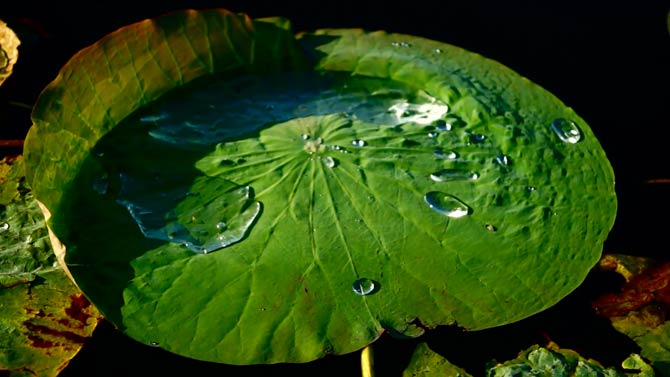
The lotus effect
But the lotus leaves are the most noteworthy. It has been noticed a long time ago that water drops falling on the surface of a round lotus leaf roll like mercury balls, and by flowing they clean the plant from pollution – dust, mud, small insects. The plant owes this unusual feature to its special structure. On the rough surface of its leaves, there are microscopic nodules, folds and protrusions shaped to facilitate the drainage of water, additionally covered with nano-particles of wax.
Raindrops falling on this hydrophobic coating only touch the upper parts of the nodules, slide down the wax particles, washing away the dirt and not penetrating into the deeper structure. It was calculated that only 3% of the leaves are in contact with the drop surface.
Thanks to this “impregnation”, the plant remains dry and clean, even if not a drop of water lands on its surface, but a liquid as thick as honey. Maintaining such a “stain-free” surface allows the photosynthesis process to function properly. What’s more, although the wax coating may deteriorate over time, the lotus can renew it despite unfavorable conditions.
It is this phenomenon of self-cleaning of the surface that technologists called the lotus effect.
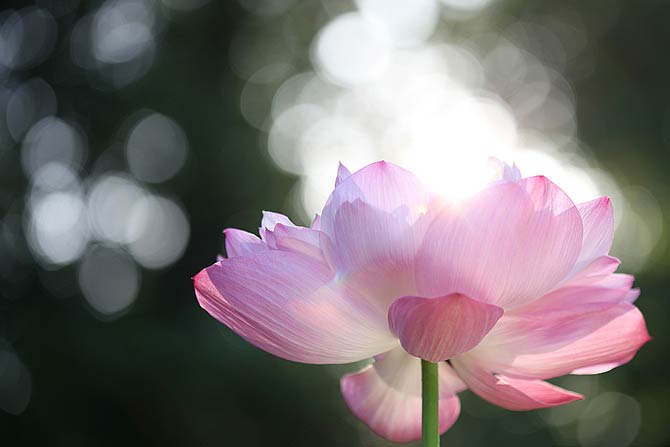
Technology every day
Scientists say that if they replicated the structure of a lotus leaf, a material could be created with an infinite number of uses. The scope of work carried out so far on the implementation of the lotus effect technology is exceptionally large:
- construction (roof and wall coverings and windows)
- textiles (waterproof jackets, shoes, hats)
- household chemicals (glass cleaning fluids, paints)
- small household items (tablecloths, self-cleaning plastic dishes)
- micro-devices resistant to moisture
- automotive (car windows)
- gardening (greenhouses).
Some of the ideas have already been implemented and work is underway to implement them into mass production.

Hydrophobic (water repellent) roofs and windows
Roofing constructors have great achievements in this field. For example, innovative facade coatings have been created. They were constructed by combining silicone paint, known for its good hydrophobicity, with the properties of the microstructure mapped from the surface of a lotus leaf.
This cover limits the contact of the roof with water and allows it to be self-cleaning from dirt. Pollution does not adhere to the facade surface and ordinary rain washes it effectively. As a result, the roof remains clean, dry and waterproof. Similar, more specialized products were also introduced to the market, e.g. to protect historic facades, to prevent the growth of algae and fungi, and plaster for vertical surfaces – all modeled on the construction of a lotus leaf.
In addition to the facade cladding, scientists also focused on glass surfaces. Work is underway on windows covered with similar technology, greenhouses draining water, or car windows that clean themselves without the help of windscreen wipers.
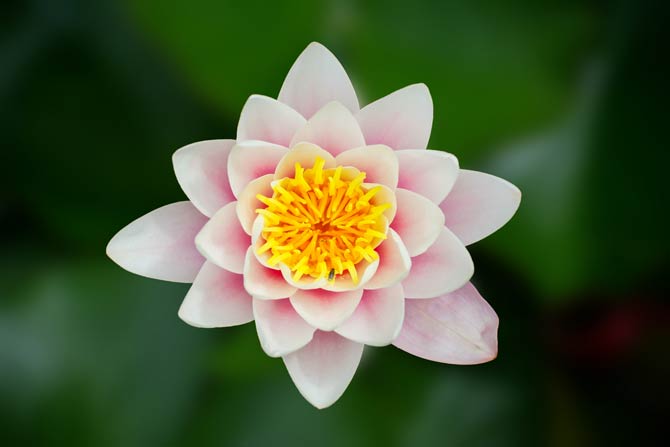
Waterproof jackets and boots
A waterproof jacket is not new. However, products of this type available today are not characterized by high quality and durability. Waterproof at first, they lose their properties with use. This is because the water barrier material is merely coated with an impregnating layer which will wash off or deteriorate over time.
Scientists observing the lotus effect set out to improve fabric manufacturing technologies. Researchers from the Lodz University of Technology (Poland) used cold plasma to modify the entire material, not just the surface layer. The fabric processed in this way is durable and effectively protects against water and dirt. Moreover, technologists have created not only a prototype, but also a reactor, thanks to which it is possible to create a product on a semi-industrial scale. Work is underway to implement this technique in production to an even greater extent. Researchers are also trying to apply the lotus effect to down filling jackets to increase its water resistance and resistance to mold.
The jackets are produced in cooperation with a company offering mountaineering equipment and are a great solution, especially in extreme mountain conditions, where high-quality equipment is required.
Work is also underway on the use of cold plasma technology in the footwear industry. Shoes glued with this method will not only not get wet in regular rain, but will also be resistant to other liquids and products, such as greases or oils. The lotus effect will be used not only in everyday footwear, but also in work shoes.
Therefore, technologies that observe nature are constantly moving forward. It can therefore be hoped that soon we will be able to take advantage of the extraordinary properties of lotus leaves in our everyday life.
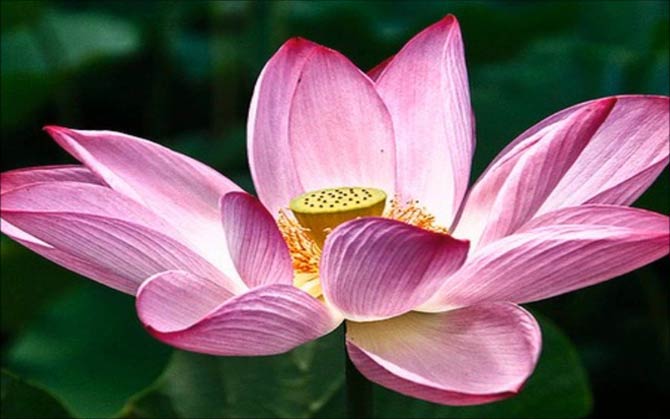
Lotus – interesting facts
- The lotus is a highly valued plant in the east and one of the elements of culture. He was worshiped in ancient Egypt and is also a sacred plant in Hinduism and Buddhism. It is featured on the coat of arms of India, it is also the national plant of Vietnam.
- The lotus is very hardy. Its seeds can survive both drought, extreme temperatures and many years of other unfavorable conditions. One of the lotus species – the Indian lotus – grew from seeds over 2,000 years old!
- Lotus flowers have been found to withstand temperature changes because they are… warm-blooded.
- The lotus is completely edible. It is also a herbal material and is a component of many cosmetics.
- The following plants have similar properties to the lotus effect: cabbage and tulip leaves, and nasturtium flower petals
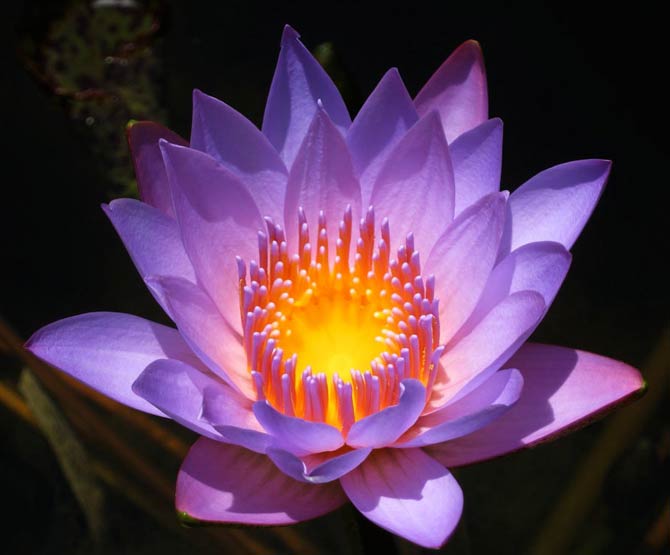
Recommended
- The tallest trees – Top 10
- Roses – the history of the most beautiful flowers in the world
- Kruger National Park
- Fastest animals – Top 100
- Fastest animals – on land, in water and in the air
- Fastest mammals
- Fastest birds
- Cheetah
- Most venomous snakes – Top 10
- Largest eagles – Top 10
- Largest birds of prey
- Smartest dogs – Top 10
- Animals records
- Largest crocodiles
- Longest whales
- Heaviest whales
- Longest snakes
- Most venomous snakes
- Largest sharks
- Top-flying birds


















